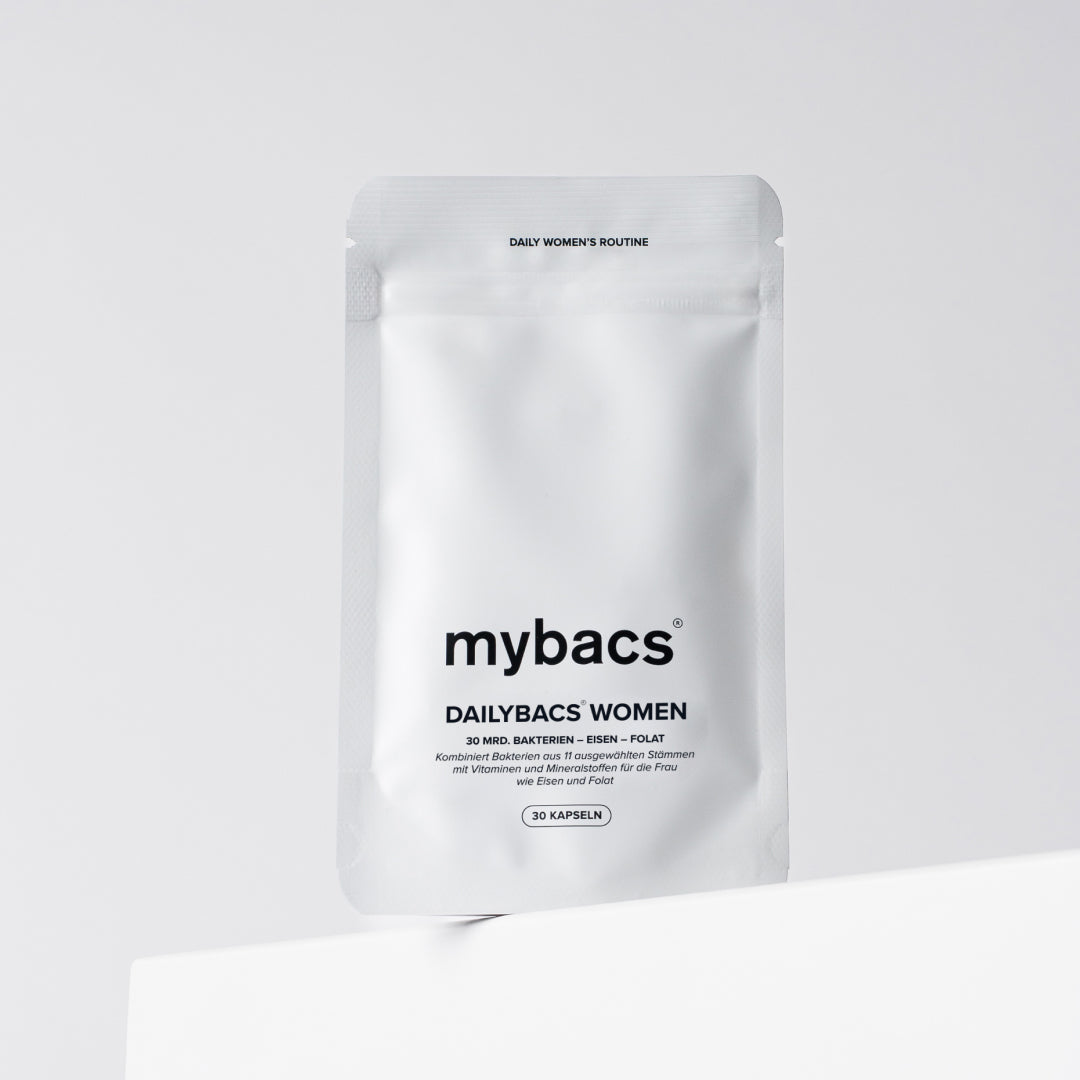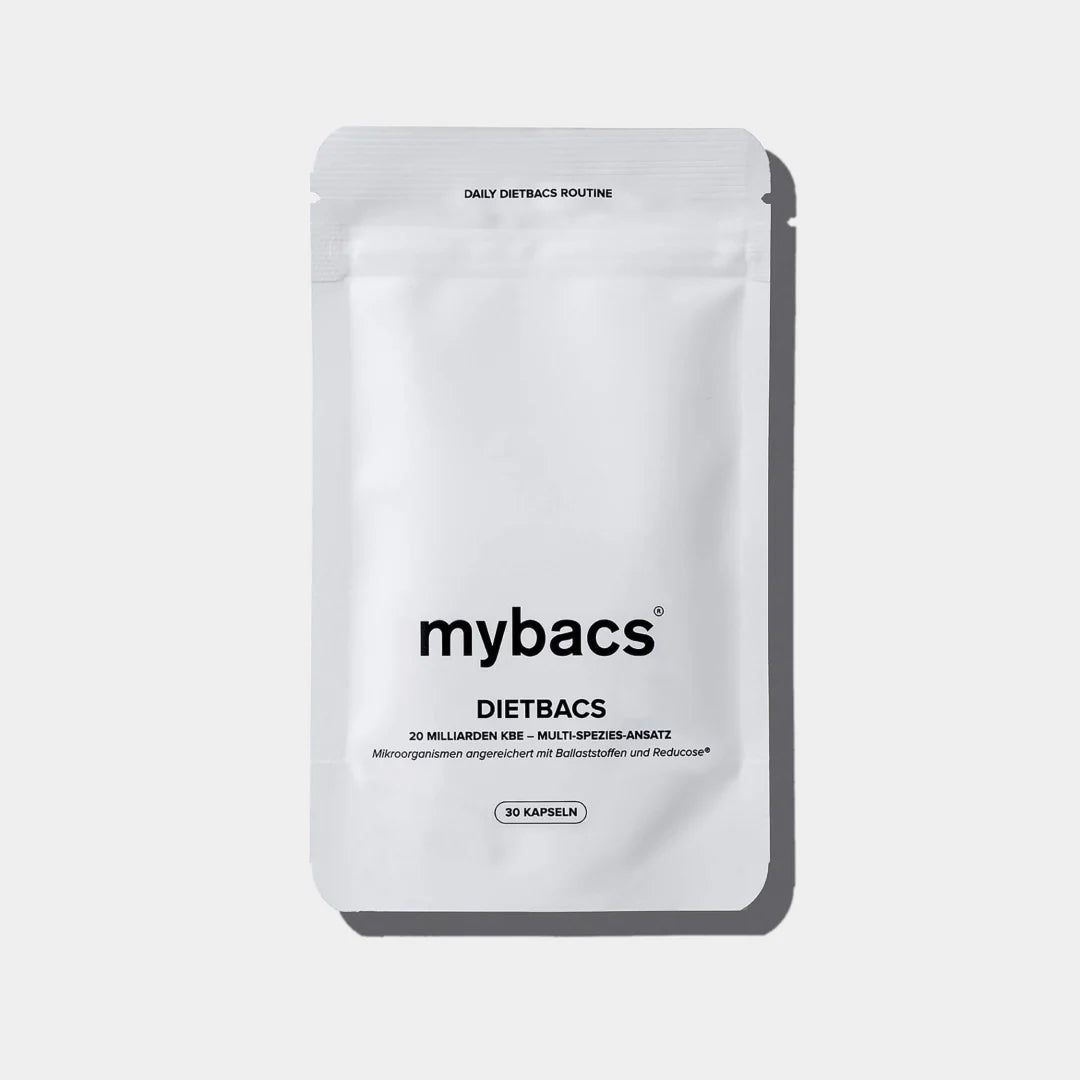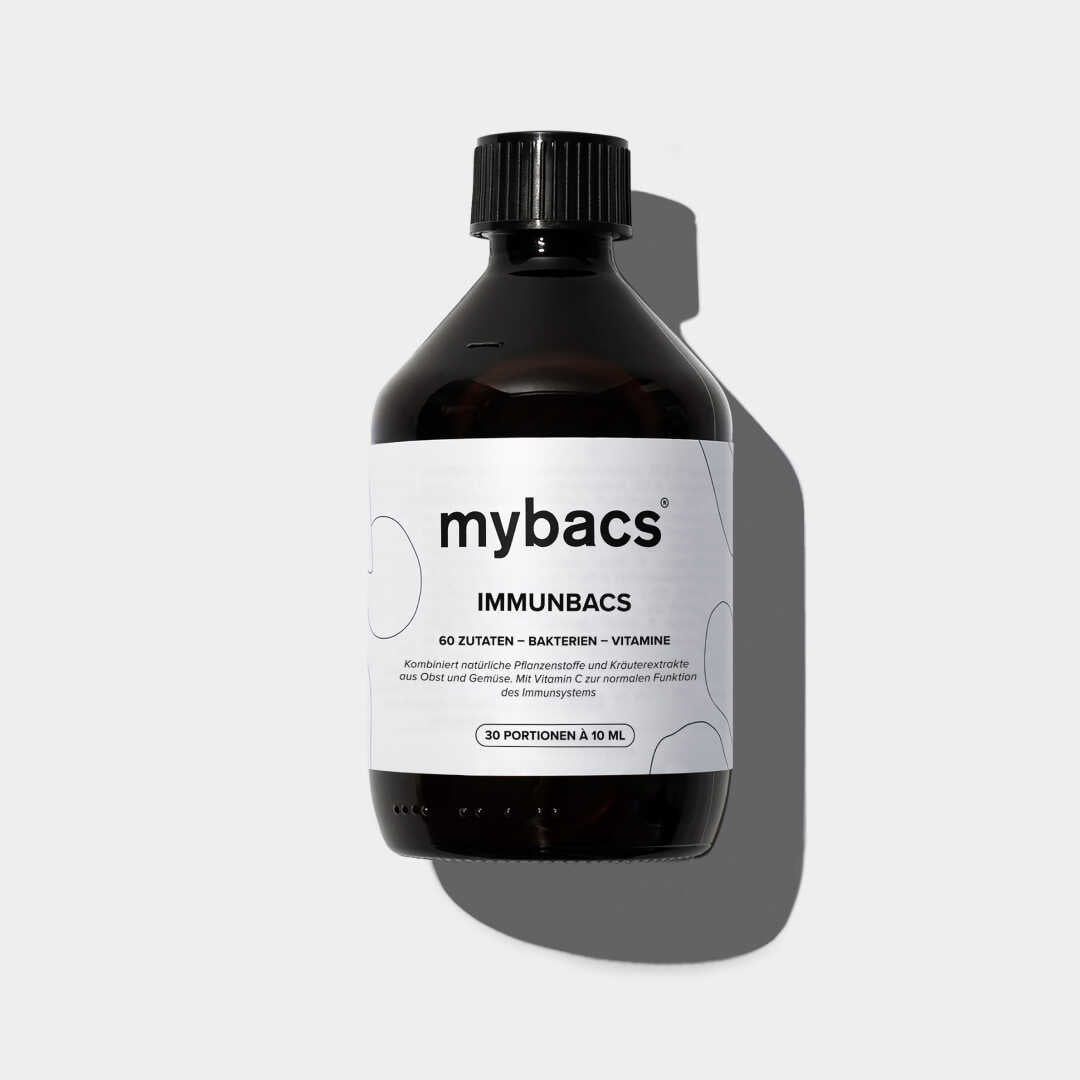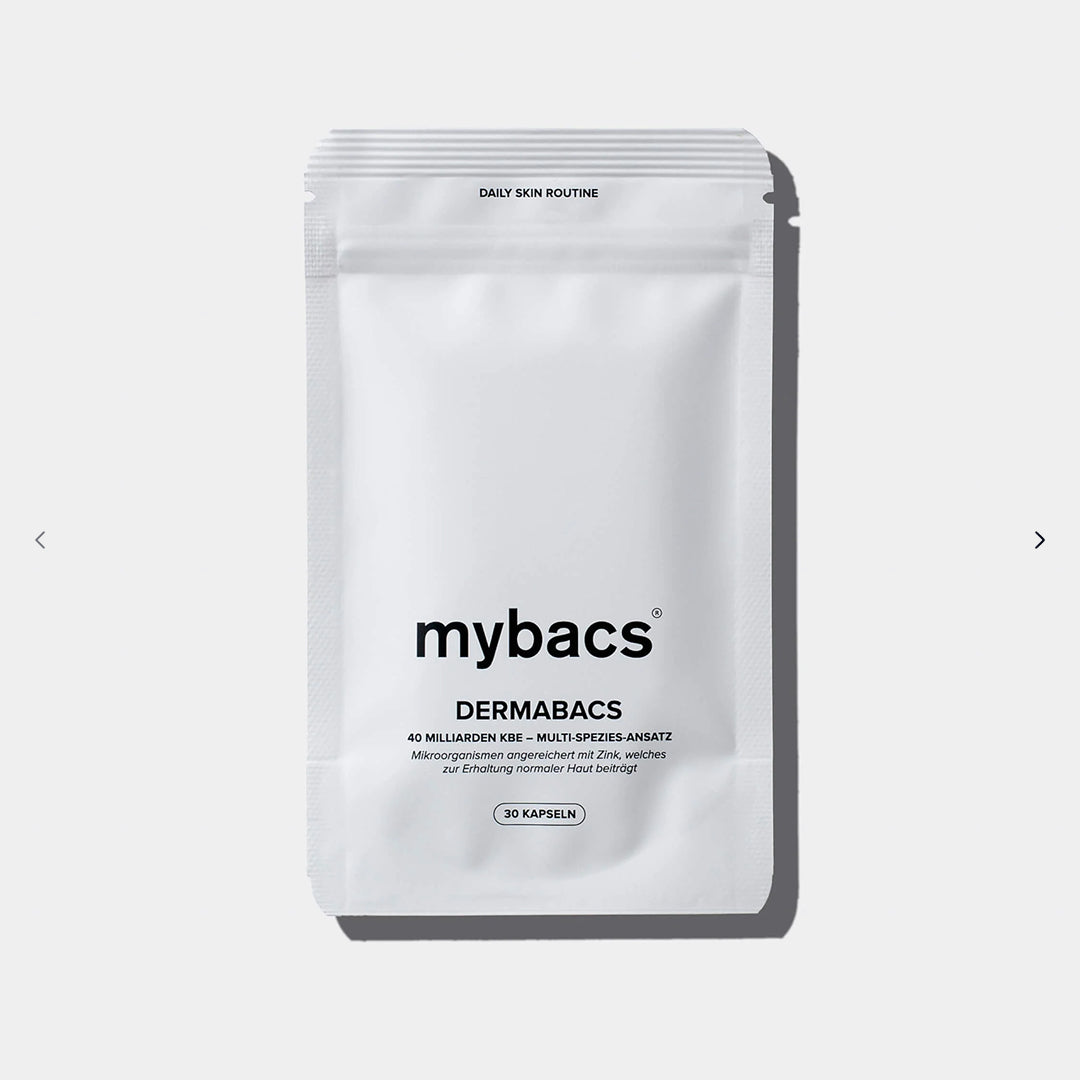With this article, we would like to give you more information about bacteria in general and what the term spore formation actually means.
1. What are bacteria and what are the differences?
Bacteria are single-celled microorganisms that belong to the prokaryotes. This means that they have no nucleus and their genetic material is located directly in the cytoplasm. They are often very small and cannot be seen with the naked eye. What you probably already know is that bacteria can be found in almost all habitats, such as z.B. in soil, in water, but of course also in the human body. There are many different types of bacteria, which can be morphologically divided into three basic forms: rods, cocci, and spirilla.
Structure, coloration, transmission pathways, and the ability to form spores are also possible properties by which bacteria can be classified. It's important to note, however, that in science, the phylogenetic classification (phylogeny) of bacteria is based on the molecular structures of these organisms. Simply put, this means that as the degree of relatedness decreases, the molecular structures become increasingly different in their composition.
Bacteria perform various functions in the human body, many of which are essential for life. Some species of bacteria live in our digestive tract and help digest food by breaking down indigestible carbohydrates. Other bacteria produce vitamins that are essential to the human body.
Still other bacteria can also act as protection against pathogenic bacteria, for example, by preventing the colonization of mucous membranes with "bad" bacteria. Not all bacteria are beneficial to the human body. Pathogenic bacteria can cause disease by damaging tissue or producing toxins. This can lead to infections such as pneumonia, gastrointestinal infections, or urinary tract infections.
2. What is sporulation? What are the key differences between spore-forming and non-spore-forming bacteria?
Spore formation is the process by which bacteria form special survival structures called spores. Spore-forming bacterial strains are able to form this "protective shell" of proteins and other molecules around themselves.
These spores are highly resistant to extreme conditions such as heat, drought, UV light, and many chemicals. The bacterial strains can enter a dormant state and reduce their normal metabolic activity when environmental conditions become unfavorable. When conditions become favorable again, the spores can germinate and multiply into active bacteria.
Examples of spore-forming bacteria are Bacillus anthracis and Clostridium botulinum. Non-spore-forming bacteria, on the other hand, are organisms that do not form spores. One example is z.BThe bacterial genera Bifidobacterium and Lactobacillus bacteria. They are found in our intestines, among other places, and are considered "good" bacteria, i.e., beneficial to our health. Morphologically, they are predominantly rod-shaped and Gram-positive.
3. Why did we choose these bacterial strains in our products?
As you now know, the human gut is an extremely complex ecosystem populated by a multitude of bacteria.The intestinal microbiome is home to both spore-forming bacteria such as Bacillus and Clostridium, as well as a significant number and variety of non-spore-forming bacteria. These non-spore-forming bacteria include Lactobacillus plantarum LP01 and Bifidobacterium breve BR03. You can also find these two bacterial strains in our Dailybacs, among other products.
There is a lot of debate in science, as well as in society, about how well probiotics (the bacteria) survive their journey through the gastrointestinal tract and reach their destination, namely the large intestine. Two factors that make it difficult for the bacteria to survive on their journey are stomach acid and bile salts.
Unfortunately, false information about spore-forming/non-spore-forming bacteria and enteric-coated capsules is often spread in advertising and the media.
Scientific evidence shows that bacteria, even if they are not encased in an enteric coating and do not form spores, can reach your intestines and work there.
The decisive factor for the survival of bacteria is not the capsule or the ability to form spores, but the individual characteristics of a bacterial strain. A quality characteristic of high-quality probiotic bacterial strains is good resistance to stomach acid and bile salts, enabling them to survive the gastrointestinal transit. This is encoded in the respective genome of the bacterial strain and is independent of an enteric-coated capsule or the ability to form spores.
Dailybacs uses only strains of bacteria that have been tested for efficacy in the most clinical trials and have achieved the best results. Generally, non-spore-forming strains of bacteria are much more thoroughly researched, meaning there are approximately 4-5 times more scientific literature and studies on non-spore-forming probiotics. As you know, our products are always based on scientific evidence. We select each of the strains of bacteria and the other natural ingredients that go into our products based on this evidence.
It's also important to know that you can ingest bacteria not only by taking our Dailybacs. By incorporating fermented (unpasteurized) foods like yogurt, kefir, kimchi, sauerkraut, or kombucha into your daily routine, you can ingest good bacteria and do something good for your body.
If you still have questions or there are topics that have not been explained in sufficient detail, please feel free to contact us via info@mybacs.com We'll do our best to answer all your questions!






